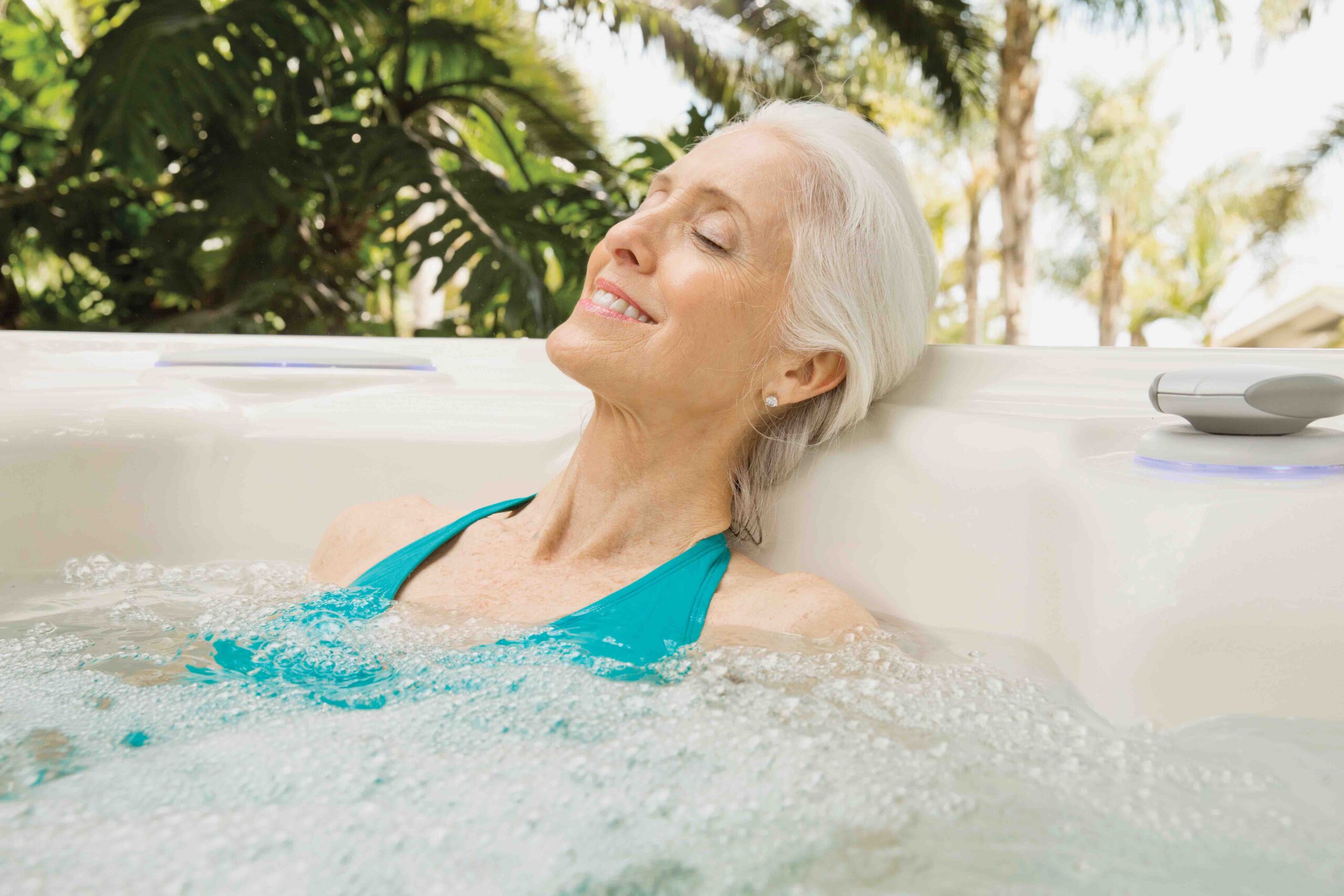Considering an Indoor Hot Tub? Top Seven Tips to Avoid A Disaster!

If you don’t have a spot for your hot tub outdoors, or you want to relax and soak in the interior surroundings of your home, you can bring the Olympic experience indoors. Keep in mind that installation indoors is much more complicated than installing one outdoors.
Considering installing a hot tub indoors? Check out the following tips for information that will apply to any spa in the Hot SpringTM family of spas. Note: We use “hot tub” and ” spa” interchangeably.
The most popular models for indoor application are the Jetsetter and the Prodigy Hot Spring spas.
1.) TIP: Consulting with a qualified builder or architect is highly recommended. Most hot tubs go outdoors, but an indoor installation will suit the needs of some hot tub owners-privacy being the top issue. And, if you are building a new room, make sure you leave ample opening for delivery of the spa! Have the spa installed before you close up that last wall.
Flooring
Avoid floors that will turn slippery and slick when wet. A typical bather takes up to a gallon of water with him when getting out of the spa. True! Choose a floor material that offers good traction and drainage when wet. Do not install wood floors or carpeting. Carpeting may feel nice, but will mildew and rot. Also, avoid “Astroturf”/plastic grass carpet, because water tends to seep under it and cause rot. A matte finish, non-slip tile is preferable.
2.) TIP: Install a floor drain for easy clean up and draining the spa.
Water Source
Even though all Hot Spring, Limelight, and Hot Spot Spas are portable and require no external plumbing, you’ll need a convenient water source for filling.
3.) TIP: Install a hose bib in the room to make those fill-ups easy.
Wall Covering
With the cover off, the room will become humid and steamy very quickly. However, with the cover on, provided that it is a tight fit, there is no moisture leaking from the spa. So, certain types of wall coverings are better than others in a spa room. Cement walls, glass enclosures or cedar-lined room are some examples. Drywall must be the water-resistant type used for bathrooms and kitchens.
4.) TIP: An intact vapor barrier under the wall covering is a must to help prevent dry rot of studs and joists.
Ventilation
A vent fan must be powerful enough to take moisture from the room quickly and quiet enough so that you’ll use it, The typical “builders special” vent fan is very noisy and will rust quickly, staining walls or ceilings. The fan you choose is the most important element in saving walls and structural elements from dry rot. We recommend the Vent Axia brand fan available from Coast Products, 954 Elliott Avenue West, Seattle 98119, (206) 285-5120. Vent Axia fans are whisper quiet, won’t rust and are sized to the cubic feet of your room. They’re available as ceiling, external wall or window mounts. The T-series features a timer, thermostat and humidistat in one unit.
5,) TIP: Consult an HVAC contractor for the best place to position the fan in the room and to help you size and install one.
Room Temperature
To minimize moisture condensation, make sure that the room is heated.
6.) TIP: A ceiling fan will help with air circulation.
Water Care There’s nothing worse than that dank smell of chlorine throughout your entire house. Chlorine odor has a way of seeping through even if you use the fan every time you soak. 7.) Tip: Using odorless SilkBalance is the only way to go for an indoor spa.
RES EST SERVA VOLUPTAS. Pleasure is serious business.
Thanks for reading Hot Tub Bliss. We hope you went from “Ahhhh” to “A-Ha”! Be sure to ‘Like’ our Facebook Page and follow Olympic Hot Tub Company and Hot Tub Bliss on Twitter.







